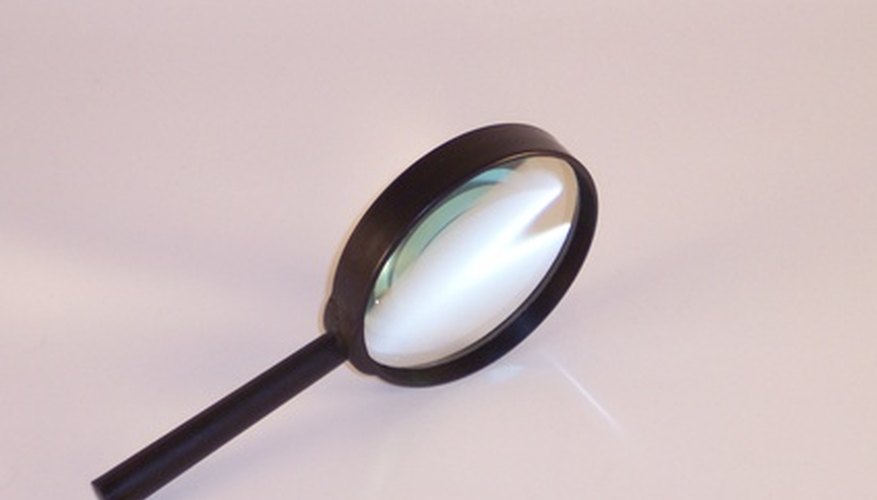Staffordshire dogs are the quintessential Victorian decorative pieces that have become one of the most popular ceramic collectibles in recent times. Of the various Staffordshire dogs that were in vogue, Staffordshire spaniels remain a hot favourite among collectors; there is hardly a mantelpiece that has not been honoured by the presence of these adorable floppy-eared dogs.
Identification
Staffordshire ceramic dogs were made in pottery companies located in the County of Staffordshire, England. Though they were intended to be sold to middle-class families as decorative items, these dog figurines soon became a coveted item toward the end of the 19th century.
There is a misconception that Staffordshire pottery dogs were limited to spaniels, but this is not true. Potters produced figurines modelled on other breeds of dogs, the rarest of them being Dalmatians, which were sometimes mounted on blue bases. Other dogs they produced were poodles, pugs, foxhounds, pointers, staghounds, setters, sheepdogs, greyhounds and harriers. Though most commonly available in left or right pairs, some Staffordshire dogs include a centre figure as well.
- Staffordshire ceramic dogs were made in pottery companies located in the County of Staffordshire, England.
- There is a misconception that Staffordshire pottery dogs were limited to spaniels, but this is not true.
Given the fact that these Staffordshire dogs are major collectibles, it is not uncommon for you to come across fake pieces being passed off as originals. When trying to identify fake Staffordshire ceramic dogs, there are four things to keep an eye out for: condition, modelling, colour and rarity.
Condition
The condition of your Staffordshire ceramic dogs is among the easier factors to use when determining originality. If your ceramic dog is an original, you will see visible signs of ageing on it. Additionally, the colour will not be brilliant, since wear and tear would have left their telltale signs. Other indications that the piece is an original are chips in the design, especially in vulnerable places such as the tail, tips of the toes and the nose.
- The condition of your Staffordshire ceramic dogs is among the easier factors to use when determining originality.
- Additionally, the colour will not be brilliant, since wear and tear would have left their telltale signs.
Modelling
The modelling of your Staffordshire ceramic dog is an important factor to consider since it reflects on the overall quality of each piece. If you spot a pair of dogs with flat backs, keep in mind that these are not quality dogs given the fact that original Staffordshire dogs have rounded backs. The more details there are in your dog, the more effort and time the potter spent on making the moulds. Finally, any piece that has a chalky feel in its base or rim is not a very good sign, and neither is a porcelain body, since all Staffordshire dogs were made from clay.
- The modelling of your Staffordshire ceramic dog is an important factor to consider since it reflects on the overall quality of each piece.
- If you spot a pair of dogs with flat backs, keep in mind that these are not quality dogs given the fact that original Staffordshire dogs have rounded backs.
Colour
Staffordshire ceramic dogs range in colours, the most common being rust, red and white. Black and white dogs were found, though not very commonly, and black dogs are rarer still. Having said that, beware of any Staffordshire ceramic dog that is brightly coloured. As a word of caution, an original piece will never be able to retain its colour for so long.
- Staffordshire ceramic dogs range in colours, the most common being rust, red and white.
- Having said that, beware of any Staffordshire ceramic dog that is brightly coloured.
Rarity
When collecting pieces, you should have a good idea about what could possibly be rare, in case you are taken for a ride by someone who claims to have a rare piece. In the case of Staffordshire ceramic dogs, if you come across a group of spaniels made from a single mould, that is indeed a valuable piece, as are spaniels with baskets. Among them all, the rarest pieces are spaniels with smoking pipes.
